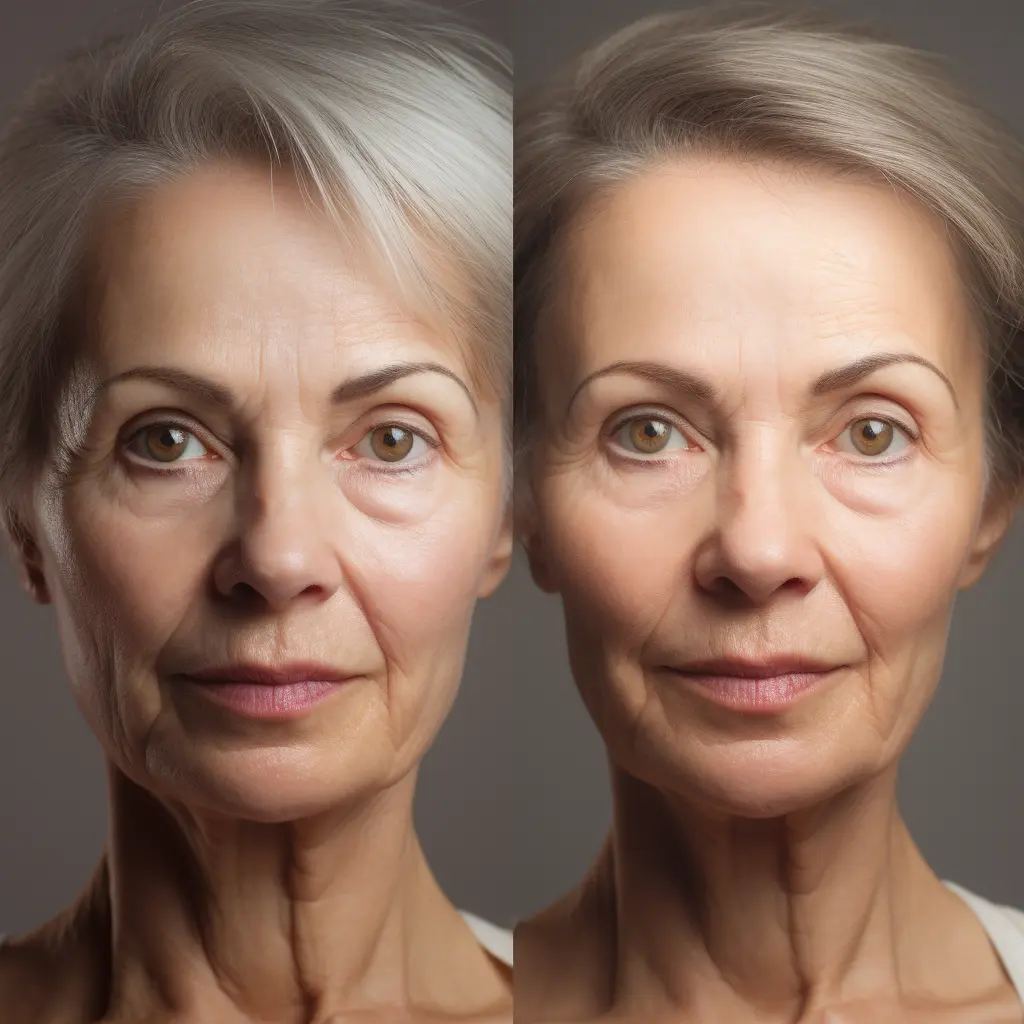
Why Gua Sha Certification is Essential for Therapists
Gua sha, an ancient Chinese healing technique, has surged in popularity across wellness and therapeutic landscapes. If you’re a therapist or even a budding wellness practitioner, the question isn’t just why you should consider getting gua sha certification, but rather, why haven’t you already?
Let’s cut to the chase: certification in gua sha isn’t just a certificate to hang on your wall—it’s a profound expansion of your healing toolkit. Imagine a scenario where a client comes to you, struggling with chronic tension headaches that conventional medicine hasn’t relieved. With your skills in gua sha, you could offer them immediate, palpable relief. That’s not just good therapy; that’s almost akin to wielding a form of quiet magic.
Now, think about the marketability. In a sea of therapists, being gua sha certified sets you apart as someone who is versed in an array of techniques. It’s a competitive edge that screams expertise and commitment to diverse healing modalities. And let’s face it, in the wellness industry, standing out is half the battle. Being certified in something as specialized and intriguing as gua sha not only draws clients who are looking for traditional healing paths but also those curious about holistic therapies.
Let me paint a picture for you: a bustling wellness clinic on a busy Wednesday afternoon. You’ve just finished a session where you employed gua sha techniques. Your client is visibly more relaxed, the tension in their shoulders visibly softened. Word of mouth spreads about your unique offerings, and suddenly, you’re not just another therapist; you’re the therapist with that special something.
Delving deeper into the practicalities, gua sha certification involves understanding the subtle nuances of the human body, the flow of chi, or life energy, and how to manipulate it to foster healing and wellness. This knowledge isn’t just powerful; it’s empowering. It provides you with the capability to approach physical ailments from a holistic perspective, ensuring you treat not just the symptom but the root cause.
And let’s not overlook the personal satisfaction and growth that comes with mastering gua sha. Each stroke, each technique refined through your certification journey, enhances your connection to both your craft and your clients. There’s a certain rhythm to gua sha, almost like a dance between practitioner and patient, where healing and respect are exchanged fluidly and beautifully.
However, it’s essential to approach gua sha certification with respect and understanding of its cultural roots. This isn’t just a technique you learn; it’s a cultural treasure you’re privileged to carry forward. The respect you gain from clients comes not just from your skills but also from the cultural empathy and depth you bring to your practice.
In the world of therapy and wellness, where the personal touch matters and results speak louder than words, adding gua sha to your repertoire could well be what sets you on the path to becoming a therapist in high demand. After all, when you choose to enhance your skills with a certification in gua sha, you’re not just choosing to grow — you’re choosing to flourish in a field where growth and change are the only constants.
So, why gua sha certification is essential for therapists? Because it’s not just about learning a skill. It’s about embracing a holistic approach, respecting an ancient art, and bringing about healing in a way that few other therapies can match. Dive into the world of gua sha, and let it transform not just your career but your entire approach to wellness and healing.
Tag:C.E., certification, continuing, education, gua, sha, therapists
